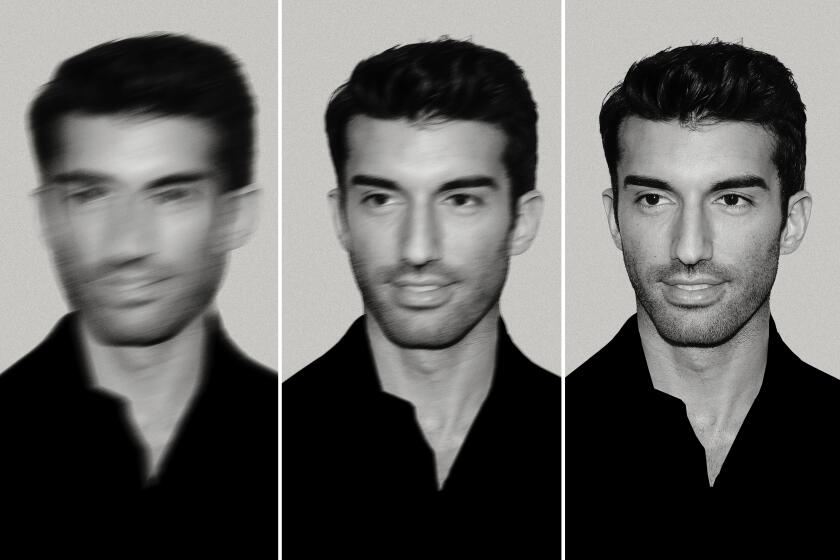All About Eve
- Share via
No one should defend virulent or blatant misogyny in films, but for Stephen Farber to hold up the ‘30s/’40s femme fatale as the model of the female villain is absurd (‘That’s No Lady-That’s Our Nightmare,” March 18).
His examples are simply varnished, sentimental male views of the woman as Eve-like conniver. The example of Mary Astor is especially anemic. All wistful looks and calculated weakness, she conforms to our grandparents’ view of woman as dangerously seductive when using her “feminine wiles.”
By contrast, the modern female villain is often stripped of such male fear fantasies. She is closer to Medea in that respect (a coveted role). At her best, she has life flowing through her veins. She is terrifying precisely because she already possesses and freely expresses the dark, uncontrollable power that Astor’s Brigid O’Shaughnessy could ultimately only covet.
Why should the modern villainess be “seductive” or “magnetic” or “tasty,” as Farber suggests, and why should the modern mother be “warmly maternal” rather than “compulsively driven’? Men can show their contempt for women through sentimentality as much as through open aggression.
It is precisely by allowing women to show their darkest and ugliest sides and a full range of their emotions, unrestrained by male prudery, that men can show their willingness to be partners with them.
It’s only when male filmmakers take excessive glee in punishing the villainess for displaying her power that it gets really nasty.
SCOTT DAVIS JONES
Valley Village
More to Read
Only good movies
Get the Indie Focus newsletter, Mark Olsen's weekly guide to the world of cinema.
You may occasionally receive promotional content from the Los Angeles Times.









